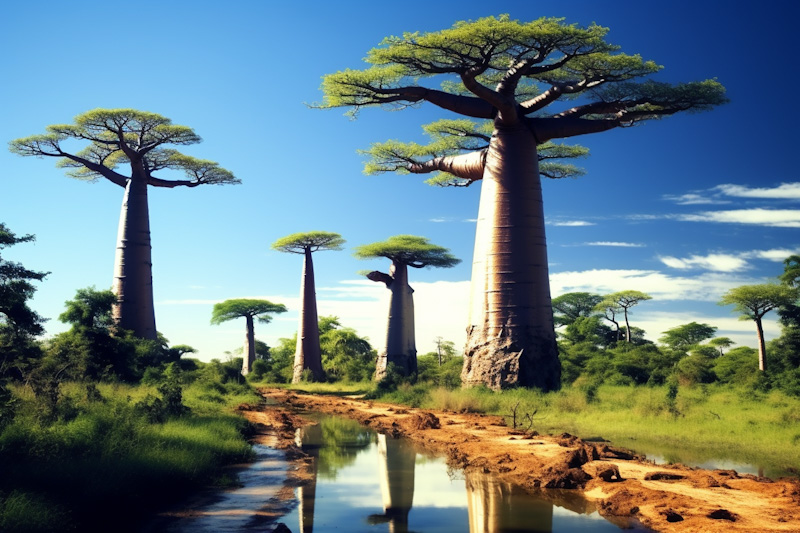
8. Fossas
The fossa, Madagascar’s largest predator, is a cat-like carnivore that reigns supreme in its ecosystems. With its slender body and sharp claws, the fossa is an agile hunter, preying on everything from birds to lemurs.
As apex predators, fossas play a crucial role in maintaining the balance of their ecosystems. Their hunting patterns and behaviors offer insights into the dynamics of Madagascar’s food chains and the intricate relationships between predators and prey.
9. Tsingy Rock Formations
The Tsingy de Bemaraha National Park is home to one of Madagascar’s most unique geological wonders: the Tsingy rock formations. These limestone formations, characterized by their jagged peaks and deep canyons, are a result of years of erosion.
Apart from their stunning beauty, the Tsingy formations are also home to a diverse range of flora and fauna, some of which are found nowhere else in the world. Exploring these formations offers a glimpse into the geological history of the island and the unique ecosystems that have evolved in these challenging terrains.